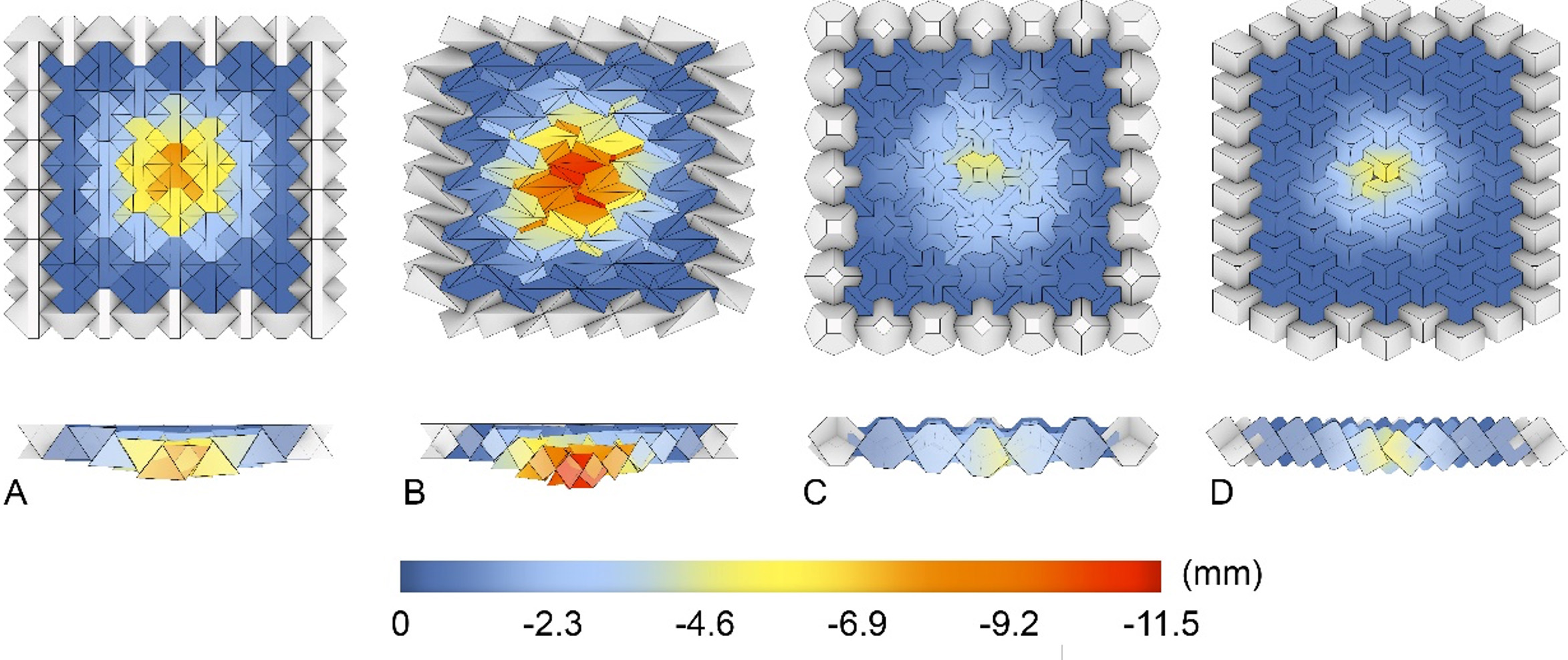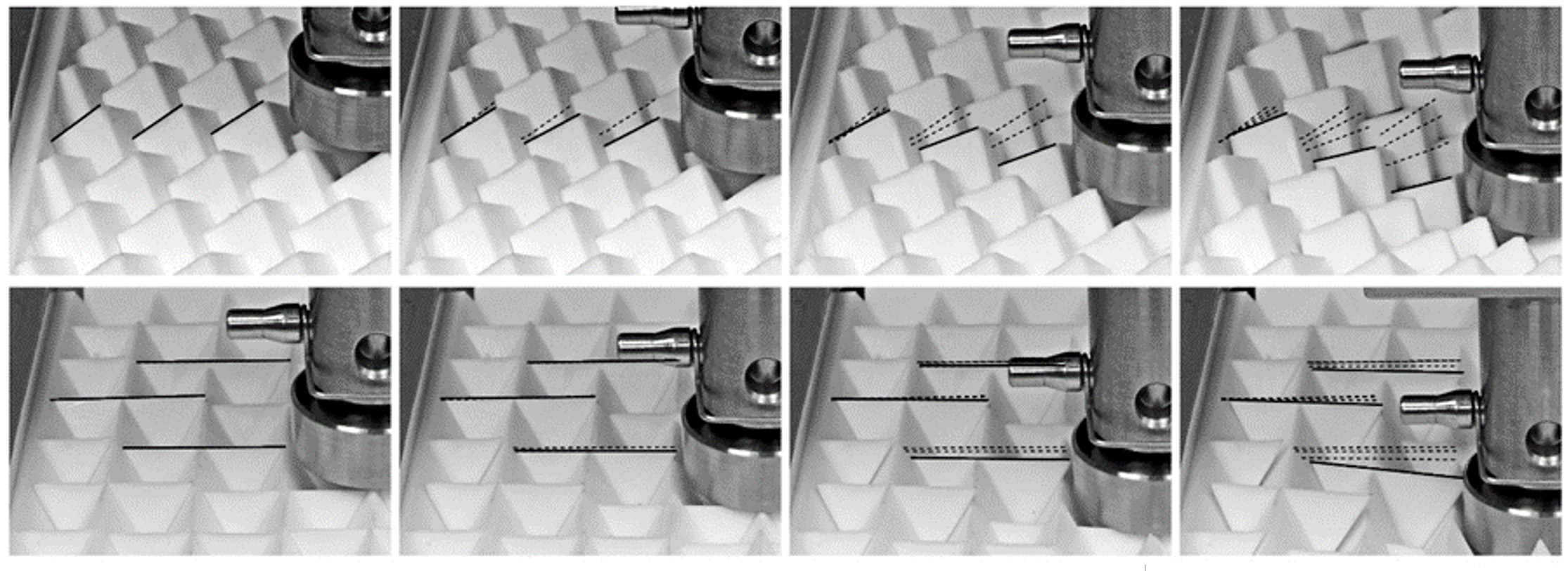
Topological interlocking in architecture: developing new geometries and structural systems for architecture and industrial design
The idea for this research derives from the understanding that recent technological developments in digital design and fabrication seem to dissolve the limits in designing and fabricating complex architectural forms. It thus facilitates design that goes beyond the traditional repetitive forms. Therefore, it appears that it is now possible to examine new approaches to the design and fabrication of building elements, such as Topological Interlocking, that rely primarily on geometry rather than only on material properties while aiming to achieve better performance in various criteria such as seismic resistant and fabrication time.
Since ancient times masonry has been one of the leading construction techniques for durable structures. Concrete or stone blocks provide excellent resistance to the structure's pressure loads. However, the stability of the structure also depends on the quality of the mortar, assembling precision, and brick materials. The principle of Topological Interlocking (TI) describes a particular case of masonry construction in which the arrangement of simple shaped blocks results in a self-supporting structure that does not require any joints or mortar between the blocks. The geometry and the arrangement of the blocks play a crucial role in the performance of an interlocking assembly as a structure. However, only a few types of structural elements based on Topological Interlocking were known and described in the literature.
The research shows that certain properties of TI structures, such as load-bearing capacity, can be improved by changing the geometry and the arrangement of the blocks.

The research contains two main directions:
The first direction concentrates on developing new types of Topological Interlocking assemblies, focusing on new block shapes and ways of arranging them in a plane.
The second direction deals with the evaluation of load bearing capacity of different interlocking assemblies, the comparison between these assemblies, and the definition of the geometric properties that have a significant impact on structures' performance.

The outcome of both stages is a wide range of previously unknown TI-based assemblies, increasing the variety of available design options for interlocking structures. Moreover, this research revealed a set of TI assemblies designed based on a structure's force flow trajectories. These force-based TI elements showed higher structural performance compared to previously known assemblies. The research formed the base for developing structural elements in the construction industry.
Collaborations:
The project was developed in collaboration with prof. Oded Amir from the faculty of Structural and Environmental Engineering at the Technion

Software tools developed during this research:
Starfish - Starfish is a Grasshopper plugin that allows the parametric generation of various patterns. It focuses on 2d tessellations that can be used to create structural systems based on the topological interlocking principle. Link
Scientific papers that were published on this research:
Weizmann, M., Amir, O., Grobman, Y.J. Topological interlocking in architectural design. In Y. Ikeda, C. M. Herr, D. Holzer, S. Kaijima, M. J. Kim. M, A, Schnabel (eds.), Emerging Experience in Past, Present and Future of Digital Architecture, Proceedings of the 20th International Conference of the Association for Computer-Aided Architectural Design Research in Asia CAADRIA 2015, pp. 107-116. 2015
Weizmann, M., Amir, O., Grobman, Y. J. Topological Interlocking in buildings: A case for the design and construction of floors, Automation in Construction, Volume 72, Part 1, Pages 18-25, ISSN 0926-5805. December 2016. DOI: 10.1016/j.autcon.2016.05.014
Weizmann, M., Amir, O., Grobman, Y. J. Topological interlocking in architecture: A new method and computational tool for designing building floors. International Journal of Architectural Computing. 15, 107-118. 2017. DOI: 10.1177/1478077117714913.
Weizmann, M., Amir, O., Grobman, Y. J. Structural performance of semi-regular topological interlocking assemblies, in: Symposium on Simulation for Architecture & Urban Design. Presented at the SimAUD, Georgia Tech, USA, pp. 217-223. 2019.
Weizmann, M., Amir, O., Grobman, Y. J. The effect of block geometry on structural behavior of topological interlocking assemblies. Automation in Construction. Vol. 128. August 2021. DOI: 10.1016/j.autcon.2021.103717.



